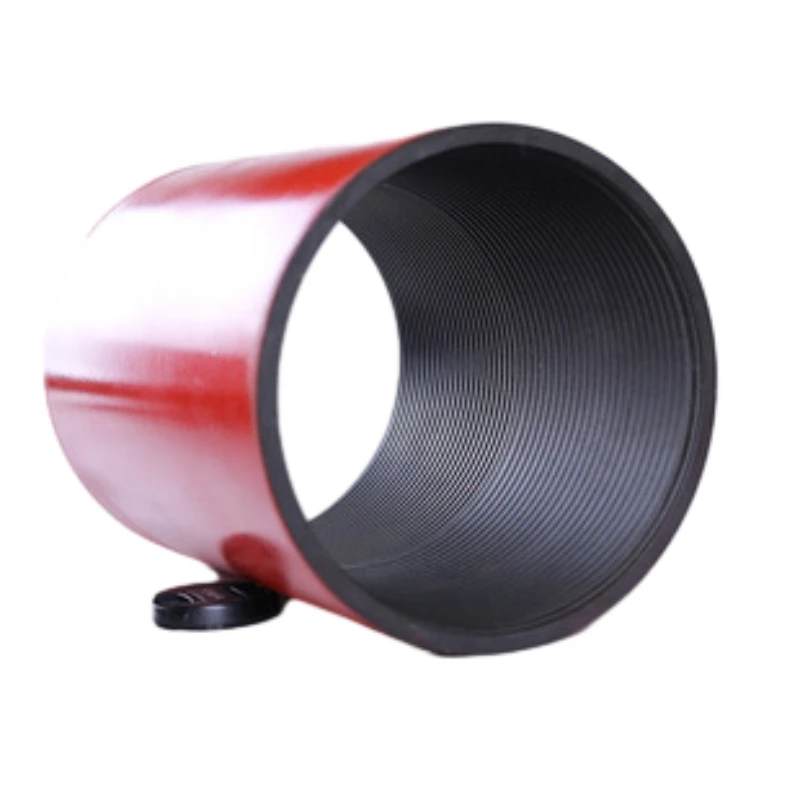- Afrikaans
- Albanian
- Amharic
- Arabic
- Armenian
- Azerbaijani
- Basque
- Belarusian
- Bengali
- Bosnian
- Bulgarian
- Catalan
- Cebuano
- Corsican
- Croatian
- Czech
- Danish
- Dutch
- English
- Esperanto
- Estonian
- Finnish
- French
- Frisian
- Galician
- Georgian
- German
- Greek
- Gujarati
- Haitian Creole
- hausa
- hawaiian
- Hebrew
- Hindi
- Miao
- Hungarian
- Icelandic
- igbo
- Indonesian
- irish
- Italian
- Japanese
- Javanese
- Kannada
- kazakh
- Khmer
- Rwandese
- Korean
- Kurdish
- Kyrgyz
- Lao
- Latin
- Latvian
- Lithuanian
- Luxembourgish
- Macedonian
- Malgashi
- Malay
- Malayalam
- Maltese
- Maori
- Marathi
- Mongolian
- Myanmar
- Nepali
- Norwegian
- Norwegian
- Occitan
- Pashto
- Persian
- Polish
- Portuguese
- Punjabi
- Romanian
- Russian
- Samoan
- Scottish Gaelic
- Serbian
- Sesotho
- Shona
- Sindhi
- Sinhala
- Slovak
- Slovenian
- Somali
- Spanish
- Sundanese
- Swahili
- Swedish
- Tagalog
- Tajik
- Tamil
- Tatar
- Telugu
- Thai
- Turkish
- Turkmen
- Ukrainian
- Urdu
- Uighur
- Uzbek
- Vietnamese
- Welsh
- Bantu
- Yiddish
- Yoruba
- Zulu
Understanding API Tubing Couplings and Their Applications in Oil and Gas Industry
Understanding API Tubing Couplings
API tubing couplings play a critical role in the oil and gas industry, serving as vital components in the construction and maintenance of well systems. These couplings are designed to connect sections of tubing, facilitating the safe and efficient transportation of oil and gas from underground reservoirs to the surface. In this article, we will explore the importance, specifications, and applications of API tubing couplings, as well as their role in enhancing the operational efficiency of drilling operations.
What are API Tubing Couplings?
API tubing couplings are mechanical devices that join two pieces of tubing together, ensuring a secure and pressure-tight seal. The design and dimensions of these couplings conform to the standards set by the American Petroleum Institute (API), which ensures their reliability and performance in demanding environments. Typically made from high-grade steel, these couplings are engineered to withstand extreme conditions, including high pressure, temperature fluctuations, and corrosive substances.
Importance of API Standards
The API standards serve as a benchmark for quality in the oil and gas industry. API tubing couplings are manufactured following specific guidelines that dictate material properties, dimensions, and performance parameters. By adhering to these standards, manufacturers ensure that the couplings provide the necessary functionality while maintaining safety in drilling operations. API-certified couplings are essential for preventing leaks and failures in well systems, which can lead to significant environmental and financial repercussions.
Specifications of API Tubing Couplings
API tubing couplings come in various types and sizes, with specifications aligning with the tubing they connect. Key specifications include
1. Outer Diameter (OD) This defines the size of the coupling and the tubing it will be compatible with. Common OD sizes include 2.375 inches, 2.875 inches, and 3.500 inches. 2. Threading API tubing couplings feature precise threading that ensures a tight fit between the tubing sections. The most common types of threading include API round threads, buttress threads, and special purpose threads.
api tubing couplings

3. Length and Weight Couplings are available in different lengths and weights to meet the specific needs of various applications. The weight of the coupling is crucial as it contributes to the overall weight of the tubing string.
4. Material Grades API tubing couplings are categorized into different grades, such as J55, K55, and N80, based on their yield strengths, which influence their suitability for different pressures and environments.
Applications of API Tubing Couplings
The primary application of API tubing couplings is in drilling operations, where they are employed in the assembly of production tubing strings. These strings are critical for lifting fluids (oil, gas, or water) from the wellbore to the surface. API couplings find use in various environments, including
- Onshore drilling Where operators utilize conventional drilling methods to access subsurface resources. - Offshore drilling In more complex applications that require heightened durability and corrosion resistance. - Geothermal installations Where API couplings help in harnessing geothermal energy by connecting various components of the geothermal well system.
Moreover, API tubing couplings are also used in enhanced oil recovery (EOR) techniques, where they help maintain the integrity of the tubing under elevated pressures and temperatures.
Conclusion
API tubing couplings are indispensable components in the oil and gas industry, ensuring the strength and reliability of tubing assemblies used in various drilling applications. Their adherence to stringent API standards guarantees safety and efficiency in challenging environments. As the industry continues to evolve, the role of quality couplings will remain pivotal, facilitating the ongoing extraction of valuable energy resources while minimizing risks and enhancing operational performance.
-
Tubing Pup Joints: Essential Components for Oil and Gas OperationsNewsJul.10,2025
-
Pup Joints: Essential Components for Reliable Drilling OperationsNewsJul.10,2025
-
Pipe Couplings: Connecting Your World EfficientlyNewsJul.10,2025
-
Mastering Oilfield Operations with Quality Tubing and CasingNewsJul.10,2025
-
High-Quality Casing Couplings for Every NeedNewsJul.10,2025
-
Boost Your Drilling Efficiency with Premium Crossover Tools & Seating NipplesNewsJul.10,2025







